Cooperative learning is as much a skill for students to develop as it is a reflection on how we work and interact in group situations. Here are some ideas.
Get Started for FREE
Sign up with Facebook Sign up with X
I don't have a Facebook or a X account
 Your new post is loading... Your new post is loading...
 Your new post is loading... Your new post is loading...

Angela Tynes's curator insight,
May 27, 2015 4:12 PM
I love TED and the highly relevant, thoroughly researched topics I can share with my students and my colleagues. This is a great resource for next year's PBTE goal 4.1! |

Linda Ashida's curator insight,
October 6, 2014 9:38 AM
A great variety of practical ideas and resources for engaging students in learning with technology, including: Incorporate Student Input and Gather Feedback Gamify It Let Students Create Get Interactive Have Students Collaborate Project Based Learning Simulations Bring in a Guest or Two

Kate JohnsonMcGregor's curator insight,
March 25, 2014 10:04 AM
This is helpful as a philosophical vision - how to rethink our teaching to effectively integrate the inquiry process. Love it! 
Rosemary Tyrrell, Ed.D.'s curator insight,
March 25, 2014 2:32 PM
This post includes some strategic suggestions on how to make PBL more meaningful for your students. |






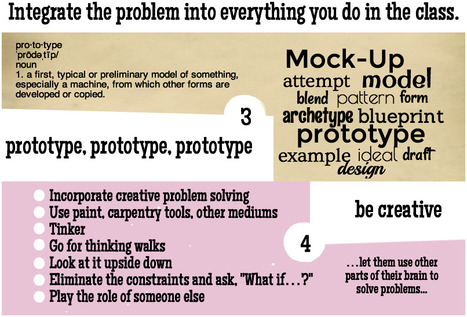
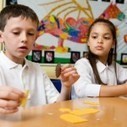
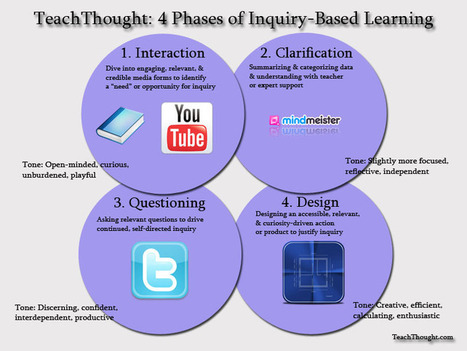
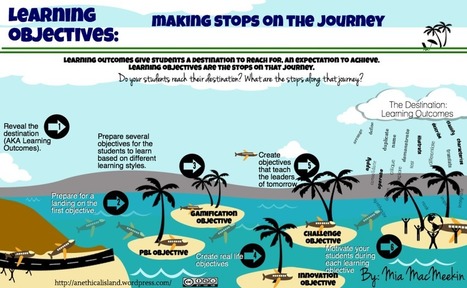
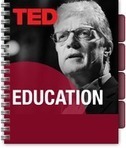
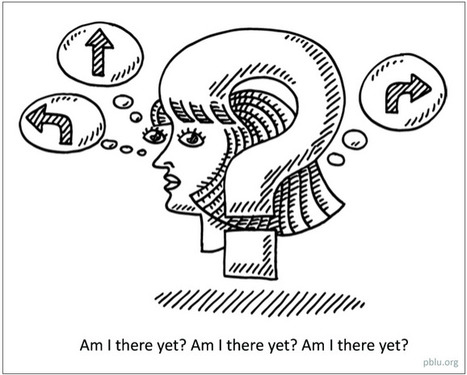
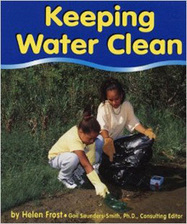
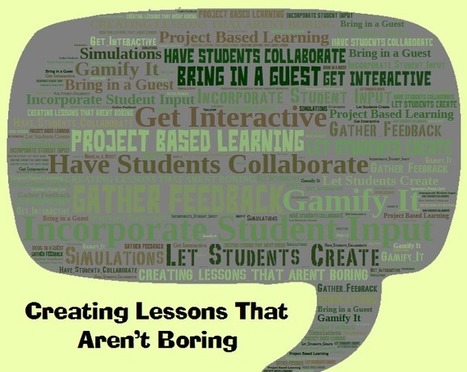

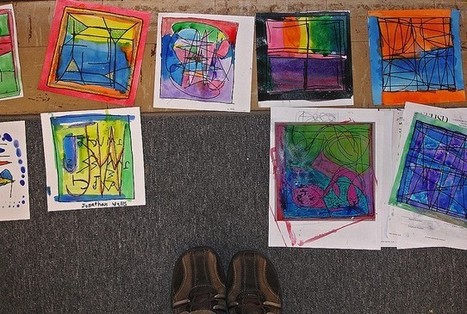







Clear and concise graphic of Collaborative learning strategies.